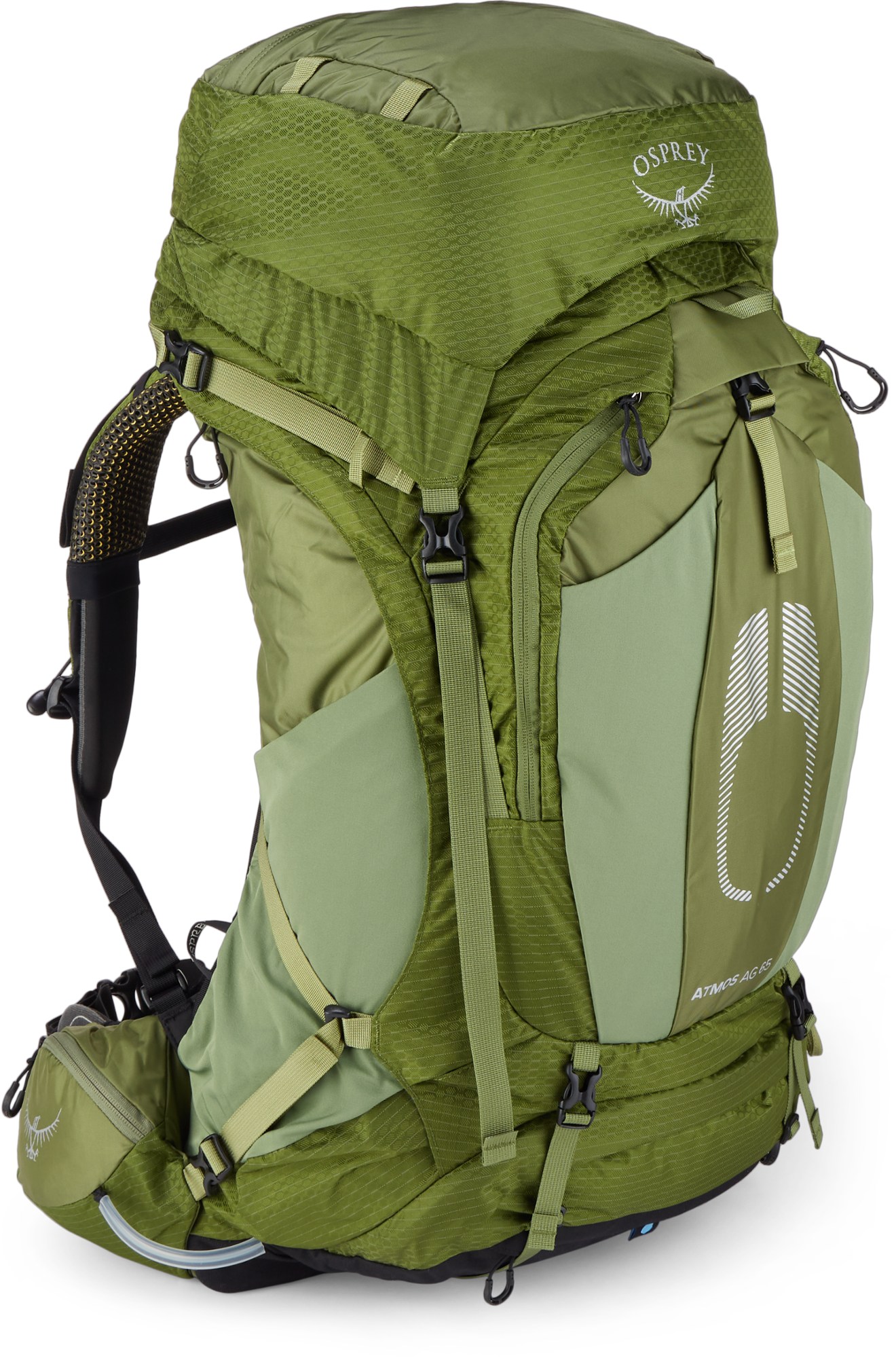Surviving in the wilderness requires more than just basic skills—it demands strategic thinking, energy conservation, and careful resource management. Whether you’re lost on a remote trail, stranded after an outdoor expedition, or intentionally practicing survival skills, knowing how to conserve your energy, food, water, and supplies can make the difference between rescue and disaster.
In this guide, we’ll cover essential strategies for conserving energy and resources in a wilderness survival situation, helping you stay alive until help arrives or you find your way back to safety.
Why Energy Conservation is Critical in Survival
In a survival situation, every movement, calorie, and ounce of energy matters. The more energy you exert unnecessarily, the more food and water your body will require—resources that may be scarce.
Key Reasons to Conserve Energy:
- Prevents exhaustion – Losing energy too quickly reduces your ability to make smart decisions.
- Reduces food and water needs – Conserving calories and hydration extends survival time.
- Limits exposure to the elements – Staying put and minimizing movement reduces risks of hypothermia or dehydration.
- Increases chances of rescue – Rescuers are more likely to find you if you avoid wandering aimlessly.
By making calculated movements, prioritizing rest, and managing resources wisely, you increase survival time and improve your chances of being rescued.
1. Stay Put When Possible
Unless you are certain of your location and can confidently navigate to safety, staying put is often the best decision.
- Wandering aimlessly burns unnecessary calories and water.
- Rescue teams can find you more easily if you remain in one place.
- Building a shelter and signaling for help is more effective than walking without a clear direction.
Exceptions to Staying Put:
- If you know where a road, river, or nearby shelter is located, moving toward it may be beneficial.
- If you are in immediate danger (avalanche zone, flash flood area, wildfire path), relocation is necessary.
2. Build a Shelter to Conserve Body Heat
Exposure to the elements is one of the biggest threats in wilderness survival. Hypothermia and heat exhaustion can drain energy rapidly, making a proper shelter one of the first priorities.
Types of Survival Shelters:
- Lean-to Shelter: Uses tree branches and debris to create wind protection.
- Debris Hut: A thick layer of leaves, pine needles, and branches provides insulation.
- Snow Cave (Cold Environments): Dig into a snowbank for protection against wind and cold.
Shelter Tips:
- Conserve energy by choosing a location with natural windbreaks, such as a rock formation or fallen tree.
- If possible, build close to a water source but not directly next to it (avoid dampness and cold).
- Use natural insulation materials (leaves, dry grass, pine needles) to retain body heat.
3. Manage Food and Water Wisely
Water Conservation & Finding Safe Sources
Your body can survive weeks without food but only a few days without water. Prioritize finding and conserving water before worrying about food.
- Conserve Water: Avoid excessive sweating by resting during peak sun hours.
- Find Water Sources: Look for streams, lakes, or collect rainwater using leaves or tarps.
- Purify Water: Use boiling (if fire is available), purification tablets, or filtering through cloth if needed.
Signs of Dehydration:
- Dizziness, dark urine, extreme thirst, dry mouth
- Muscle cramps, confusion, rapid heartbeat
If dehydrated, rest and drink small amounts frequently rather than chugging water all at once.
Food Conservation & Foraging
Energy is more valuable than food in survival. Eating the wrong things or overexerting yourself to hunt can be more harmful than helpful.
- Eat small amounts to maintain energy.
- Prioritize easy-to-catch food (berries, nuts, insects, fish) over energy-intensive hunting.
- Foraging safety: Avoid unknown plants unless absolutely certain they’re non-toxic.
Simple, Low-Energy Food Sources:
- Edible plants (dandelions, pine needles, acorns)
- Insects (grasshoppers, crickets, ants—good protein sources)
- Small fish or shellfish (trapped in shallow water)
4. Control Physical Activity to Reduce Energy Use
Move Strategically
- Limit unnecessary movement. Every step and action should have a clear survival purpose.
- If you must travel, go slow and steady to conserve calories.
- Use existing trails or natural pathways to minimize resistance.
Rest When Needed
- Taking short breaks reduces fatigue and energy loss.
- Avoid overheating or overcooling by adjusting activity levels based on temperature.
5. Build a Fire Efficiently
A fire is essential for warmth, cooking, signaling for help, and purifying water. However, gathering fuel and maintaining a fire requires calculated energy use.
Fire Tips to Conserve Energy:
- Use the least effort method to start a fire (lighters, waterproof matches, or fire starters if available).
- Choose dry, light wood to burn efficiently and minimize gathering effort.
- Use a fire reflector (rocks or logs) to maximize heat.
- Keep the fire small—just enough for warmth and cooking.
If fuel is scarce, build an insulated shelter instead of relying on fire for warmth.
6. Signal for Help While Conserving Energy
Attracting attention from search and rescue teams is critical, but doing so should not drain your energy unnecessarily.
Low-Energy Signaling Methods:
- Use bright clothing or reflective materials to increase visibility.
- Signal with sound (whistle, banging rocks, calling in intervals).
- Create contrast on the landscape (SOS in the snow, arranged rocks in open spaces).
- If you have a flashlight or mirror, use light reflection for signaling.
If actively signaling drains too much energy, set up passive signals and rest while waiting for help.
7. Mental Endurance: Conserve Psychological Energy
Mental exhaustion is just as dangerous as physical fatigue. Fear, panic, and hopelessness can drain your energy faster than the environment itself.
How to Maintain a Survival Mindset:
- Stay Calm: Take deep breaths and assess your situation logically.
- Set Small Goals: Focus on the next essential task (finding shelter, gathering water).
- Avoid Negative Thinking: Remind yourself that survival is about persistence.
- Rest and Keep Warm: A clear mind is more important than constant activity.
A positive mindset helps prevent panic-driven energy loss and increases survival chances.
Final Thoughts
Survival in the wilderness isn’t just about having skills—it’s about using smart strategies to conserve energy and resources. The key to survival is staying put when necessary, protecting your body from the elements, managing food and water intake, limiting unnecessary movement, and signaling for help efficiently.
By understanding how to ration your energy, find essential resources, and stay mentally strong, you maximize your chances of survival and increase the likelihood of being rescued.

